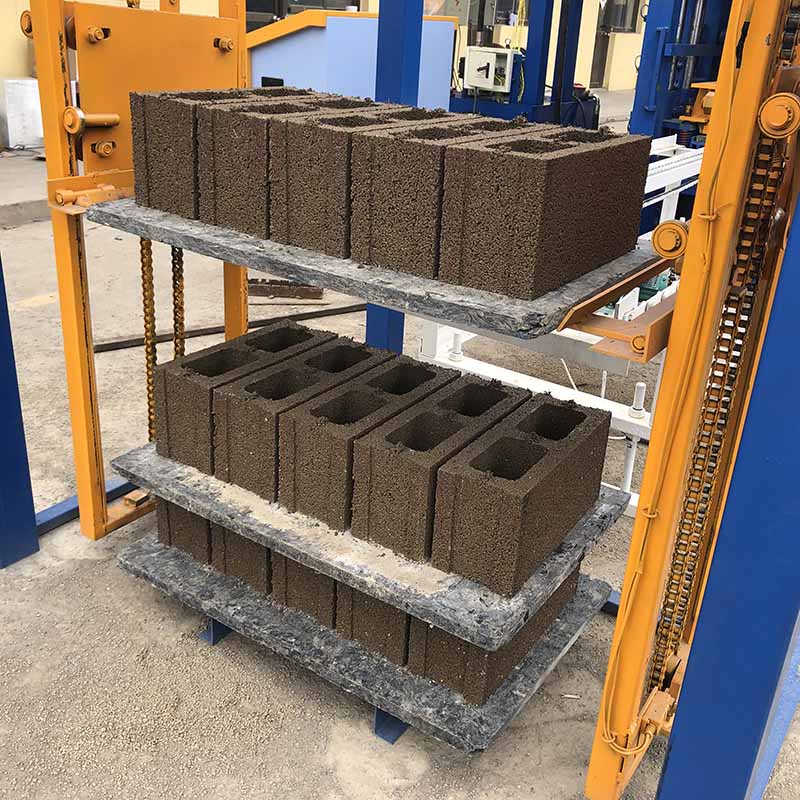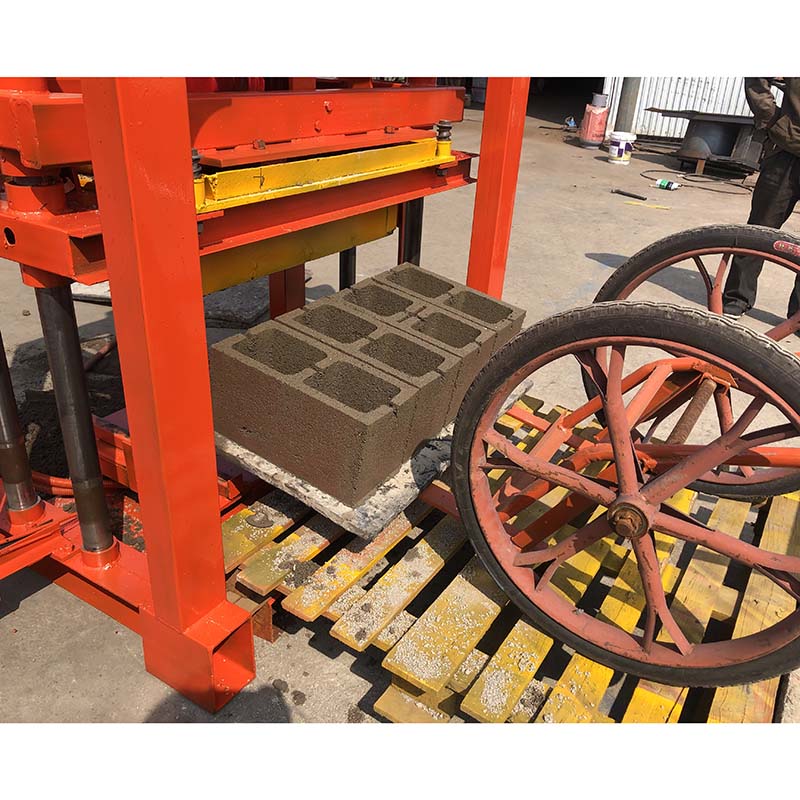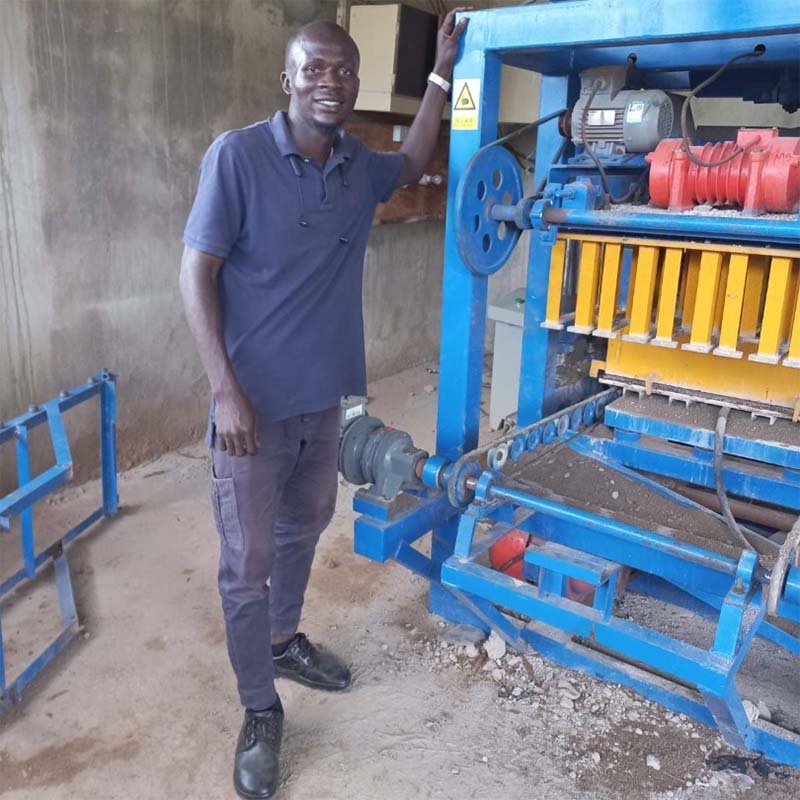In the heart of Africa, Cameroon, a country rich in natural resources and cultural diversity,Brick-making Machines is experiencing a significant shift in its construction industry. This transformation is largely driven by the increasing popularity and adoption of brick-making machines. These machines, once considered a rarity in this region, are now becoming a common sight, revolutionizing the way bricks are produced and used in construction projects.
Trends of Brick-making Machines in Cameroon
The traditional method of brick production in Cameroon has often been labor-intensive and inefficient. The process involved manual mixing of raw materials, shaping, and drying, which was not only time-consuming but also limited the production capacity. However, with the introduction of brick-making machines, the landscape of the industry is rapidly changing.
The modern brick-making machines available in Cameroon are designed to automate the entire production process. They efficiently mix the raw materials, shape them into bricks, and even allow for drying and curing in a controlled environment. This automation not only increases the production rate but also ensures a higher level of consistency and quality in the bricks produced.
The demand for bricks in Cameroon is steadily rising due to the country’s growing population and urbanization. With more and more people moving to cities and towns, the need for housing and infrastructure projects is also increasing. This has led to a surge in the demand for bricks, which in turn has boosted the popularity of brick-making machines.
 Moreover, the machines are becoming increasingly affordable for small and medium-sized enterprises (SMEs) in Cameroon. With financing options and government subsidies available, more and more entrepreneurs are investing in these machines, enabling them to scale up their production and meet the rising demand.
Moreover, the machines are becoming increasingly affordable for small and medium-sized enterprises (SMEs) in Cameroon. With financing options and government subsidies available, more and more entrepreneurs are investing in these machines, enabling them to scale up their production and meet the rising demand.
The trend towards mechanized brick production is also being driven by environmental considerations. Traditional brick-making methods often involved the use of fired clay, which is not only energy-intensive but also has a significant carbon footprint. However, modern brick-making machines can use a variety of alternative materials, such as sand, concrete, and recycled waste, to produce bricks that are not only stronger but also more environmentally friendly.
In Cameroon, the adoption of brick-making machines is also being facilitated by the government’s focus on infrastructure development. The country is investing heavily in roads, bridges, hospitals, and schools, which requires a steady supply of quality bricks. By supporting the brick-making industry through the promotion of mechanized production, the government is ensuring that these projects are completed on time and within budget.
As the trend towards mechanized brick production continues in Cameroon, it is expected to bring about further advancements in the construction industry. With increased production capacity and efficiency, the cost of construction is expected to come down, making housing and infrastructure projects more affordable for the general population.

In conclusion, the popularity of brick-making machines in Cameroon is a testament to the country’s progress and development. These machines are not only revolutionizing the brick production industry but also contributing to the overall growth and prosperity of Cameroon. As more and more enterprises adopt these machines, it is expected that the country will continue to see a steady rise in the quality and quantity of bricks produced, further fueling the growth of its construction industry.

